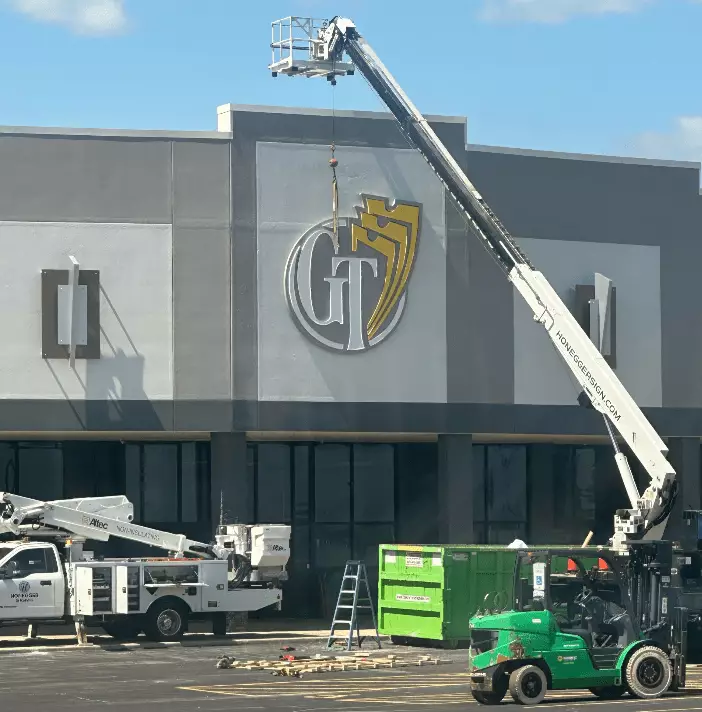In an era marked by rapid technological advancements and shifting entertainment consumption habits, movie theaters are demonstrating remarkable resilience and adaptability. Recent investments exceeding $1.5 billion in North America alone underscore an industry actively working to redefine its relevance and appeal. Far from passive relics of the past, theaters are becoming vibrant hubs of community engagement and premium entertainment—an evolution driven by intentional capital infusion and strategic innovation. This trend challenges the common narrative that cinemas are struggling or obsolete, revealing instead a sector that is reinvesting in its future with conviction and purpose.
What stands out most is the industry’s commitment to modernization—not just for survival but to thrive amid fierce competition from streaming giants and home-based entertainment options. As executives allocate substantial funds toward upgrading screens, audio, and ambiance, they recognize that delivering an extraordinary sensory experience can reignite audiences’ passion for the theatrical experience. This is a story of purpose-driven reinvigoration, emphasizing that cinemas are not just venues for watching movies—they are community pillars and entertainment ecosystems that continue to evolve and flourish.
Strategic Investments Signaling a New Era of Cinema Culture
The scope of spending, detailed in the latest Cinema United report, reveals a broad spectrum of initiatives—from refurbishments of classic theaters to the creation of innovative multi-purpose entertainment complexes. Notably, large chains like Regal and AMC are leading the charge, investing hundreds of millions into updating their existing assets. Regal, with its 404 locations, committed $250 million toward conversions and upgrades, emphasizing enhanced in-theater visual and audio quality, as well as luxe amenities like full-service lobby bars and on-site kitchens. These additions are no mere extras—they are critical in capturing the leisure dollar, with dine-in sales already representing a significant and growing share of box office revenue.
The trend towards adding food and beverage options, especially with the rise of dine-in screens, exemplifies the industry’s strategic pivot towards creating immersive, multi-sensory leisure destinations. By integrating kitchens and bars into theaters, operators are transforming a simple movie screening into a holistic entertainment event. This approach recognizes that today’s audiences crave experiences—places where they can socialize, indulge, and escape—rather than just watch a film.
Beyond upgrades, new builds are blending multiple entertainment formats—from axe-throwing to arcades—creating vibrant mixed-use venues that appeal to a broader demographic. This innovative diversification aims to attract younger audiences eager for more interactive and dynamic entertainment options, ensuring cinemas remain relevant in a competitive landscape.
Community Impact and Economic Significance
Investments are not happening in isolation—they ripple through local economies and social fabric. Reinvigorating theaters creates jobs, stimulates local businesses, and fosters community identity. From the contractors constructing new facilities to the vendors supplying state-of-the-art projection equipment, the economic footprint is expansive and tangible.
Industry insiders like Regal’s CEO Eduardo Acuna speak to the broader social value of theater upgrades. They are not merely commercial endeavors but commitments to cultural enrichment and social cohesion. As theaters modernize, they often become social anchors, offering a space where communities gather, celebrate, and create shared memories. This is especially meaningful in smaller towns and underserved regions where theaters often serve as vital community landmarks.
The narrative also underscores that strategic investment extends beyond Hollywood glamor—it’s about local engagement and the tangible benefits that cinemas bring to everyday life. The case of independent theaters, such as the Ojai Playhouse in California, exemplifies how dedicated entrepreneurs and local partners play essential roles in sustaining and enriching the cinema landscape.
Reimagining the Cinema Experience for Future Generations
The push for innovation in cinema is fundamentally about adapting to the tastes and expectations of a new generation of moviegoers. Young audiences seek immersive, personalized entertainment experiences that streaming can’t replicate. The industry’s willingness to invest in cutting-edge digital projectors, sound systems, and luxurious seating demonstrates a clear understanding of this shift.
Yet, the underlying strength of this trend lies in reaffirming the theater’s unique value proposition: a communal experience that connects people in ways home entertainment cannot. The climb in dine-in sales, along with additions like full-service bars and kitchens, signifies an industry that is thoughtfully curating an environment where shared experiences—be they romantic, social, or family-oriented—take precedence.
As these investments continue to reshape theaters into dynamic recreational venues, it’s evident that cinemas are repositioning themselves as essential components of urban and suburban entertainment ecosystems. They are evolving into places where innovation, community, and entertainment intersect, suggesting a promising future in which theaters remain central to our cultural landscape—benefiting audiences and local economies alike.

